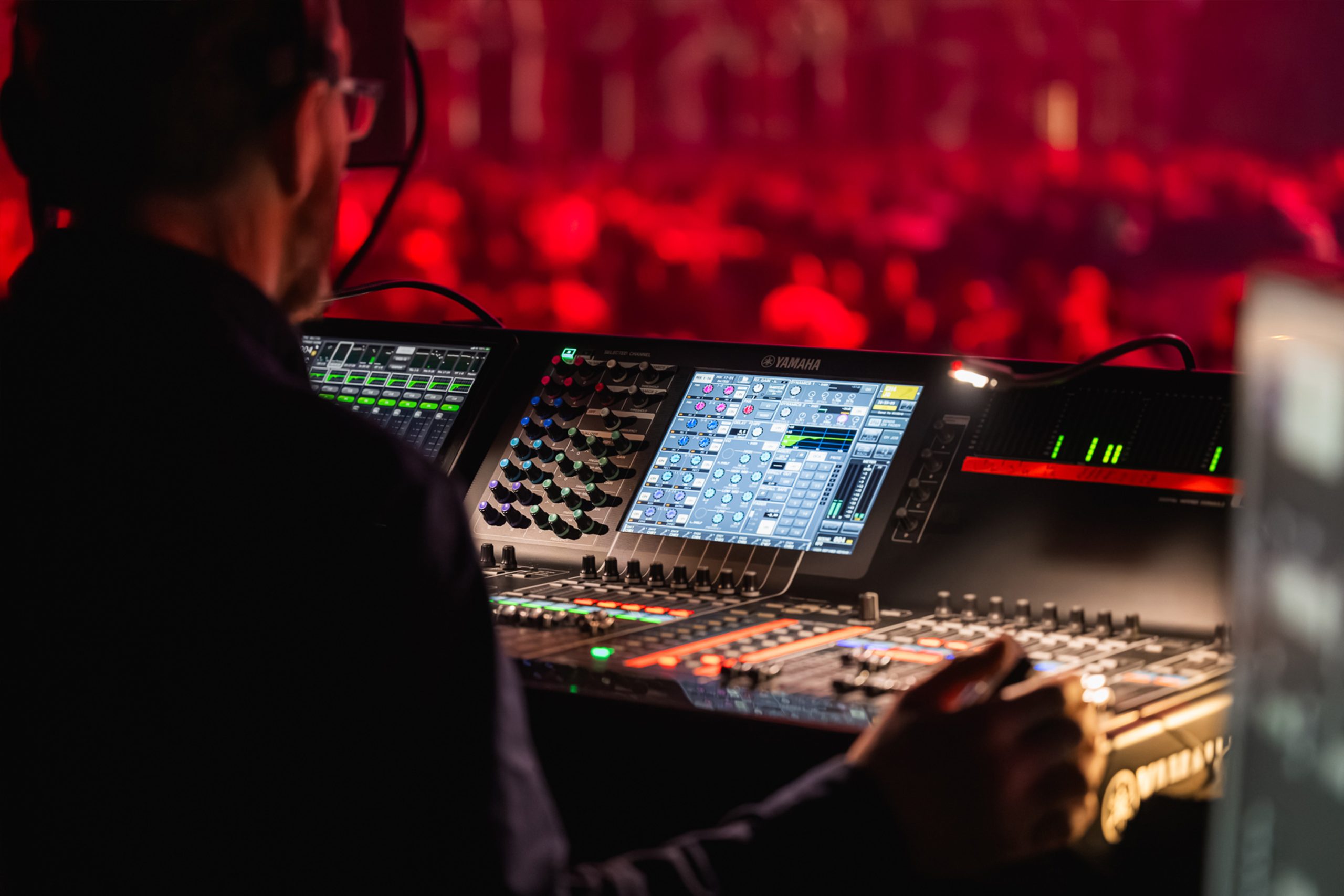Essential Strategies for Enhancing the Lifespan of The Light Emitting Diode Wall
Wiki Article
LED screens are becoming progressively popular for multiple applications, from marketing to entertainment. To ensure that these screens function efficiently over the years, it is essential to implement tactics that maximize their durability. Understanding the factors that influence the longevity of LED screens can help operators sustain their performance and avoid unneeded replacements.
One of the main factors that can prolong the durability of an LED screen is appropriate setup. It is crucial to have a skilled crew handle the setup process to guarantee all components are properly attached. Poor installation can lead to electrical issues or mechanical damage. Additionally, the location of the LED screen should consider surrounding factors such as light exposure and humidity levels. A well-installed display in a proper location will reduce the risk of damage caused by external factors.

Routine maintenance is a further key strategy to extend the lifespan of an LED wall. This entails routine checks to monitor for any signs of wear or malfunction. Dust and debris can build up on the surface of the LED screens, impacting luminosity and color quality. Cleaning the screens with suitable cleaners will help keep ideal visibility. It is also essential to monitor the components behind the screen, ensuring that all connections are secure and that there are no heat issues, which can significantly reduce the durability of the parts.
Electrical management plays a vital role in enhancing the longevity of an LED screen. Excess voltage or unstable electricity use this link supply can damage the internal circuitry. To prevent this, using a high-quality electric supply and implementing overvoltage protection strategies is recommended. Additionally, setting the display to operate at lower brightness levels when intense luminosity is not required can lessen wear on the LEDs. This not only prolongs the durability of the screen but also saves energy, making it a cost-effective choice.
Furthermore, software management can affect the functionality of Light Emitting Diode walls. Consistently updating the program that operates the screen guarantees that it operates smoothly and includes any essential safety patches. Outdated software can lead to performance issues and may expose the system to vulnerabilities. Proper timing of programming can also help in managing the demand of the display, allowing it to rest during non-peak hours, which can aid to a greater durability.
In summary, maximizing the durability of an Light Emitting Diode wall involves a mix of appropriate installation, routine maintenance, efficient power management, and diligent program management. By concentrating on these essential tactics, operators can guarantee that their LED screens stay functional and visually pleasing for numerous years. Implementing proactive steps will not only improve the performance of the LED wall but also offer a greater yield on investment over the years.